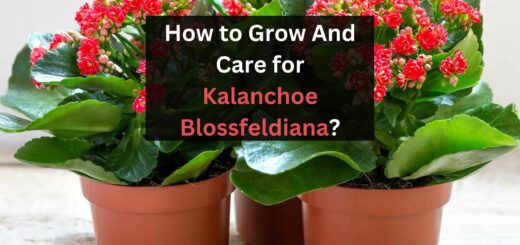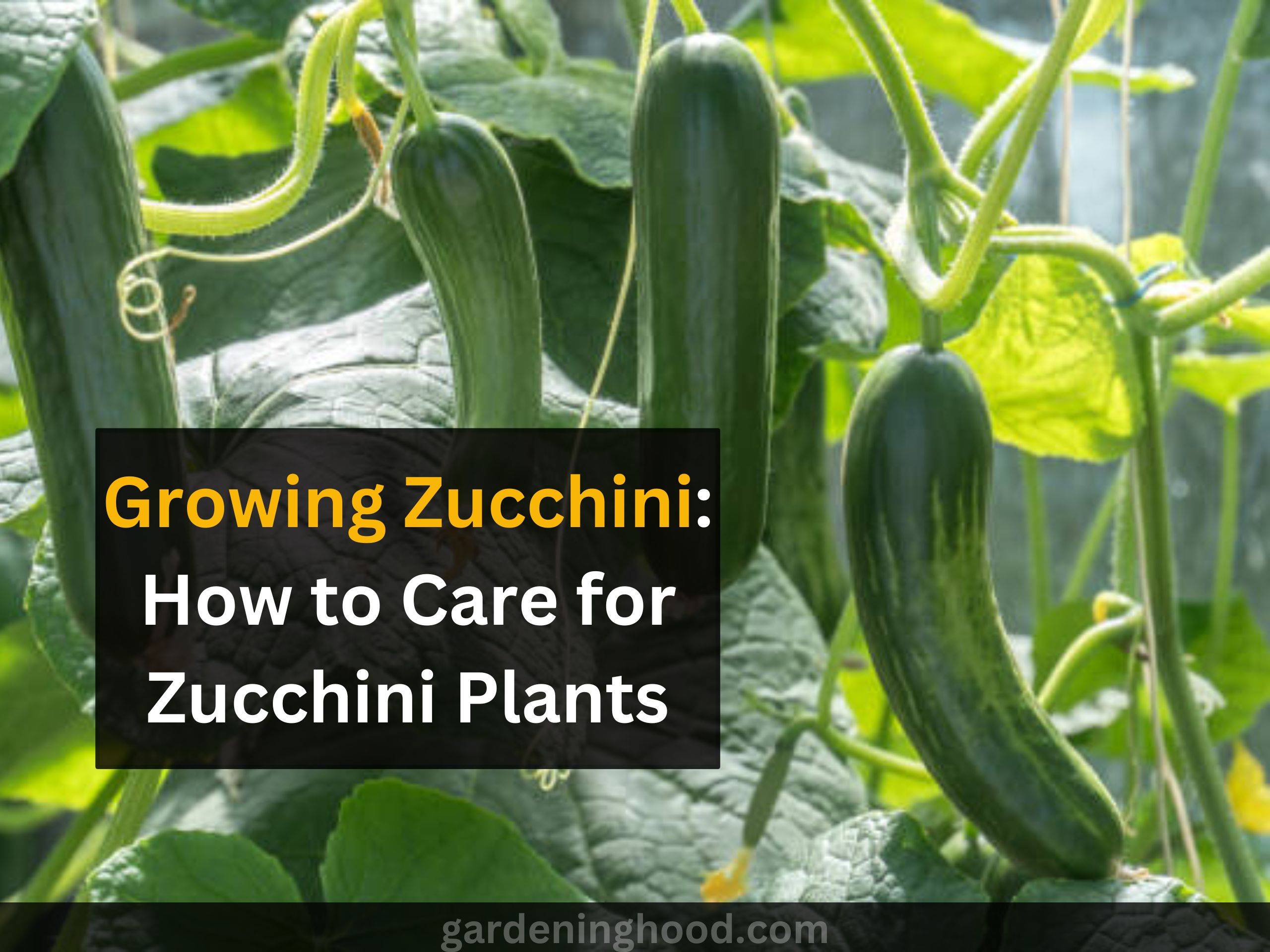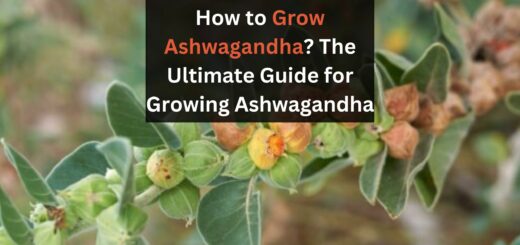Blossom End Rot: Meaning, Causes, and Preventions
Hey folks! Welcome back!!
Doing great in your gardening field is an appreciable task to do so, but what about the problems faced by the gardeners during this phase? One of the disorders in the plants faced by the gardeners is blossom end rot. It is one of the serious issues in plants that is an atmospheric issue that is caused by overwatering or even by the deficiency of calcium.
Plants that face Blossom end rot are tomato, eggplant, pepper, cucumber, and many more which are not caused by a disease but the environmental disorders. So, what will you do to save your vegetation? You have to prevent it and control it so that your plants get saved.
So, let’s move forward to know what exactly blossom end rot is, its symptoms, and preventions so that the plants do not get destroyed.

What is Blossom End Rot?
Blossom end rot is one of the disorders in the plant that is caused by some issues. Plants face this physiological disorder which is caused by the deficiency of calcium in the plant.
These plants are tomatoes, peppers, melons, squash, and cucumber. This issue is not caused by pest infestation but by the lack of nutrients like calcium. When the plant grows actively in its season it becomes wet and when its fruit gets set in the plant, then it becomes dry.
The main symptom of the blossom end rot is the water-soaked spot in the plants as you will observe the damage in the plant first. Then it becomes big and forms a brown color in that area. Then it will begin to rot which is not good for the plants. So, you have to prevent it by removing the fruit from it.
Causes of Blossom End Rot
Guys, the first thing that can come to know by observing the blossom end rot is that it is caused by fungus or pests. But it is not true.
The main reason behind this is the deficiency of calcium in the plants. Yes, it is shocking but it is true that due to a lack of calcium in the growing plants, the plants attacked by the blossom end rot.

You need to save your vegetation and that can be done by preventing this in the plant. Minerals are needed by the plants so that they grow well in the required quantity.
Except for calcium deficiency, there can be other reasons for blossom end rot in the plant. So, let’s have a look at those causes of blossom end rot. They are as follows:
- One of the main causes is the Overwatering in the plant or heavy rain that tends to dilute the calcium that is available in the plant which makes it unable for the plant to absorb it.
- The other cause is the less supply of water in the plan to improper supply of water to the plants which makes the plants stressed causes an imbalance in the nutrition intake and causes blossom root rot.
- Heavy acid supply in the plant also causes the soil to lack nutrients which is not provided to the roots.
So, these reasons are the causes behind the blossom end rot, so instead of sitting just like that, you need to prevent it and fix your plant.
Preventions of Blossom End Rot
Below are the preventive measures to follow to save your favorite plants from getting blossom end rot. Follow them:
Mulching is important
One of the important things to do to prevent blossom end rot is to provide proper mulching to the plants.

You have to add a layer of about 2-3 inches of organic matter at the top of the soil so that the moisture in the soil becomes even. It will also help in the least attack of weeds.
Check the soil pH
The PH level of any plant’s soil matters a lot when it comes to maintaining the growth of the plant. Even some issues can be caused because of the imbalance in the pH level.
So, to protect the blossom end rot in the plant, you have to choose soil whose pH level is about 6.5.
Stop over-fertilization
As you know excess of everything is bad. The same is the case with the plants in the garden. If you feed your plants with excess fertilizer then it gets destroyed.
The excess level of ammonium ions in the fertilizer like ammonia-based nitrogen fertilizers will collide with the calcium in the plant. So, you have to fertilize your plant with compost or seawood emulsion rather than that.
Improve Soil Quality
Folks, by improving the quality of the soil you can prevent your plant from blossom end rot. So, you have to provide good nutrient content in the plant by mixing it with organic matter or compost.
Soil needs to be well drained. Make sure to check the pH level of the soil before using it so that the plant grows well.

Moisture level in the plant
Another prevention is to maintain the level of moisture in the plant. How to do so?
You have to see if the atmosphere is dry, then water your plants 1-2 times a week so that the soil remains moist. You can make use of a drip irrigation system for this.
Proper supply of water
Another main reason is the improper supply of water. So, you have to water the plants properly without watering them too little or too much.
Sometimes you forget to water the plant, then do not water it.
You have to maintain good drainage in the plant so when the soil becomes dry, then water your plant about 1 inch. The plant requires water for about 1 inch of water per square foot per week.
Removal of affected fruit
Last but not least, you need to remove the affected fruit from the plant as when you observe Blossom End Rot, it will not repair the area that is affected in the plant.
So, you have to remove that fruit so that the other fruits in the plant do not get harmed by diseases like bacteria or fungi as diseases will spread in the plant if the affected area grows more in the plant.

Wrapping up the context
In this guide, you come to know that One of the disorders in the plants faced by gardeners is blossom end rot. It is one of the serious issues in plants that is an atmospheric issue that is caused by overwatering or even by the deficiency of calcium.
Plants that face Blossom end rot are tomato, eggplant, pepper, cucumber, and many more which are not caused by a disease but the environmental disorders. So, read the whole guide so that you understand it better. Till then safe gardening.
Thanks for reading! Happy Gardening!


